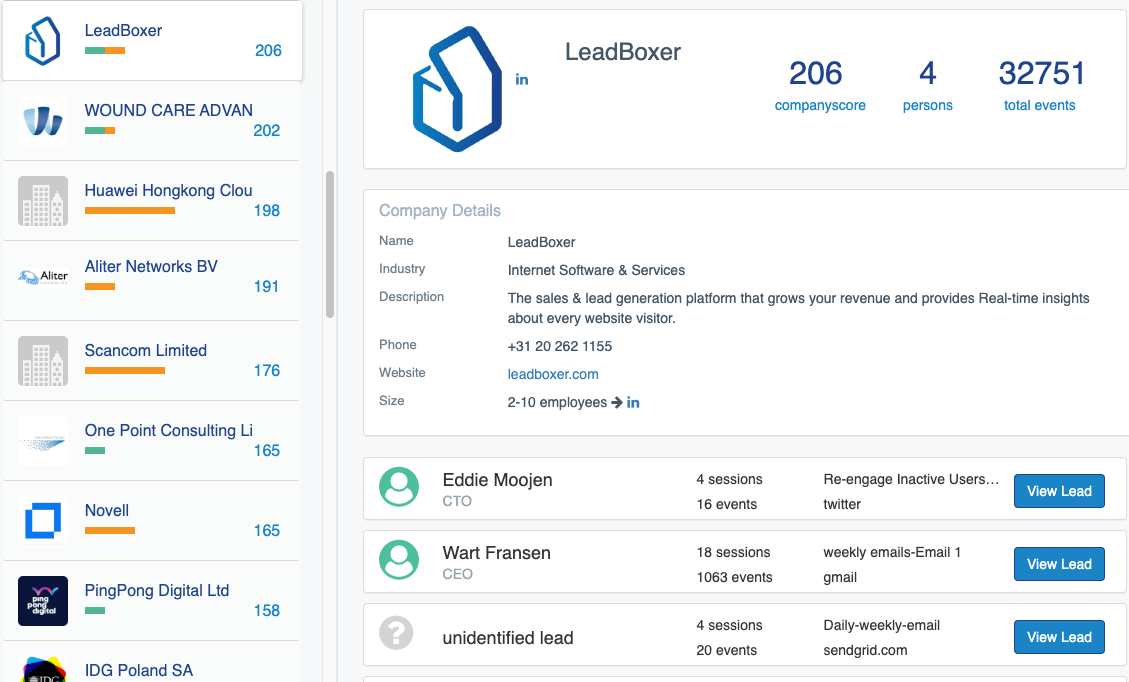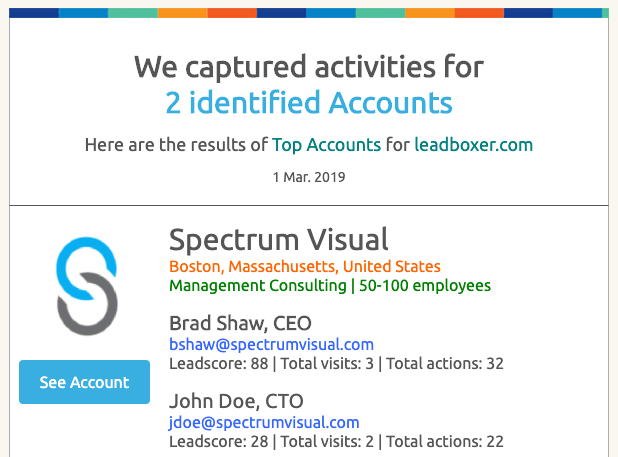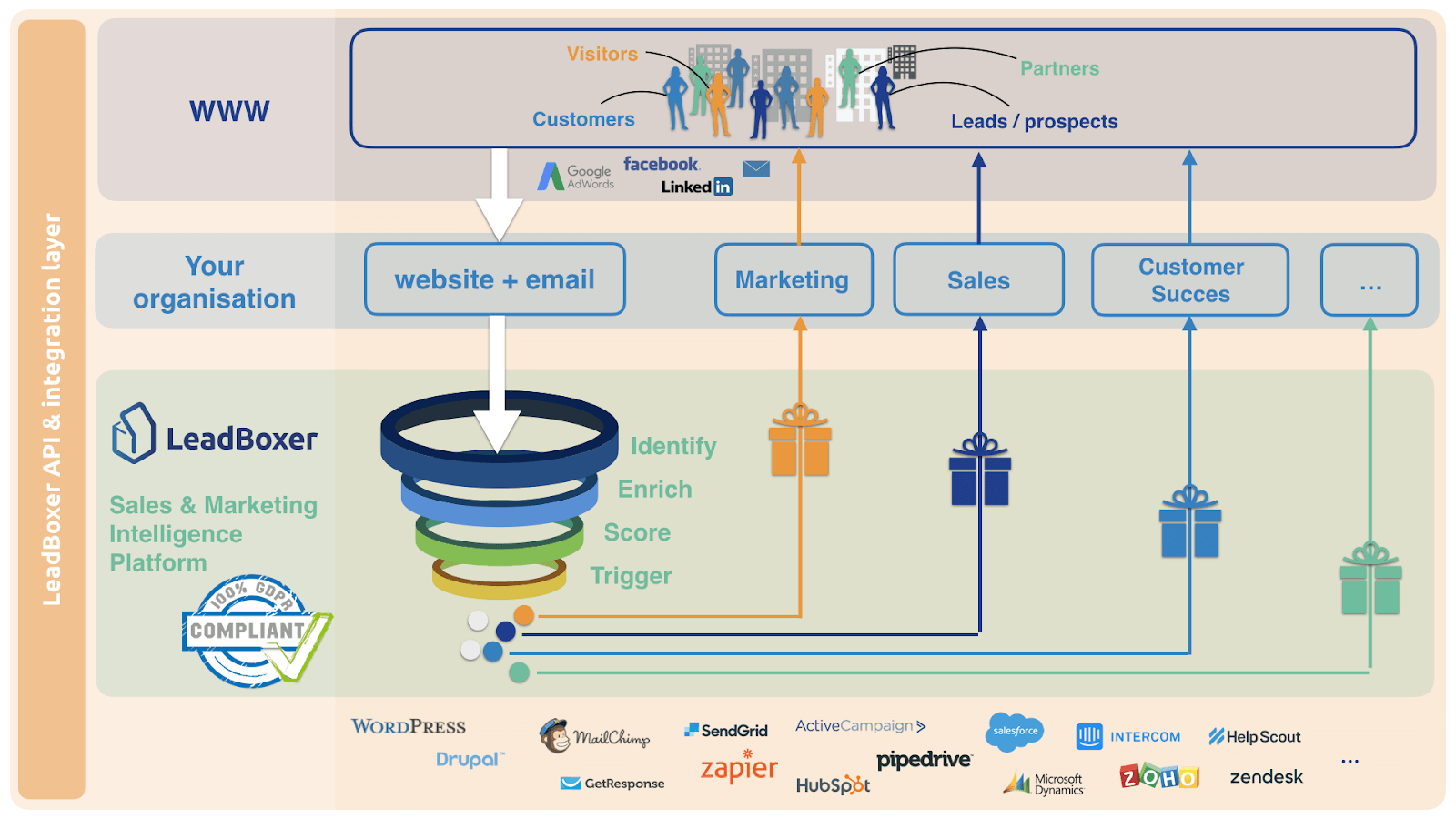When comparing interest in customer engagement over the last 15 years we see a steady increase in search volume. It’s no wonder, with software companies constantly looking for new ways to view and use data to improve customer engagement strategies and customer experience.
We want to help guide professionals through this ever-changing journey. That is why we put together these trends and strategy tips to help improve your company’s customer engagement strategy through the use of emerging technologies.
Read on or jump ahead to a section:
- What Is Customer Engagement?
- The 4 Types Of Customer Engagement Levels
- The 3 Must-Use 2021 Customer Engagement Marketing Trends
- How To Develop & Implement A Customer Engagement Strategy
- Implement Your Customer Engagement Strategy Today
What Is Customer Engagement?
Customer engagement is the process of interacting with your customers through the use of different channels and mediums. By connecting with your clients this way you’re strengthening and improving your relationship with them.
Most companies consider the starting point for the customer engagement process as the first interaction a potential customer has had with your business. The process continues even after you have made a sale.
Social media tends to be one of the most popular ways for brands to directly interact with their customers. When done right, it has great benefits. In fact, 71% of people who have a good experience with a brand on social media are likely to refer others to that business.
One way companies continue to create personalized engagement is through conversation in the comments section of social media ads and posts. Companies that do this offer a unique and engaging experience for their customer base, making them more likely to buy from them in the future.
The 4 Types of Customer Engagement Levels
There are four distinct types of customer engagement levels every company should be aware of before crafting their customer engagement strategy.
1. Contextual Engagement
When you do not have any context in your advertising efforts, any engagement you try ends up turning into noise customers tune out.
Contextual engagement means interacting with your customers at the optimal time in the way they want to be communicated with. We can do this through the use of analytic technology that assists your teams in understanding your customers’ behaviors.
A lead generation and management software can help you identify demographic information such as IP addresses, filled out forms, and other website engagements, giving you the context you need to interact with them effectively.

For example, in this photo, we can see the engagement potential clients had with the site. From this, we can engage them with the content they are already interested in.
If LeadBoxer were a potential lead of ours, we would see Eddie engage with us on Twitter, but Wart likes to read our emails. To reach each of them effectively, we would send Eddie a direct message on Twitter and Wart an email.
These are examples of how we use contextual engagement to interact with our customers based on the information we have about them. By focusing on the individual client’s behaviors we can achieve a more personalized customer journey and offer an unmatched experience.
2. Engagement of Convenience
Engagement of convenience is any type of interaction that increases convenience for your customers and allows the company’s software to better understand each customer’s needs. Put simply, it’s when a customer can easily engage with your business through simple channels. Consumers engage with you because it’s easy for them to do so.
An example of this is Amazon’s “one-click” purchase option where purchasing preferences such as payment and shipping address are pre-saved and speed up the purchasing process. Because of the convenience, more people shop with Amazon even if it ends up costing them more.
If you sell products online, implementing this level of customer engagement in your strategy could help you convert leads quicker and make it more likely for them to come back to you.
3. Emotional Engagement
With 95% of buyer decisions happening unconsciously, it is important to consider the emotional reaction of customers. Emotional connections have traditionally been marketed through brand color schemes or imaging. However, consumer awareness has evolved, making it necessary for companies to engage with consumers in a more personalized way.
Utilizing software that tracks an increasing number of data points means increased awareness of each customer’s ideal environment for making buying decisions such as when to buy and how often they should purchase.
By using an emotional engagement data manager, you can create more accurate buyer personas. You can even identify the point where leads are most likely to convert and become long-term customers.
Some of the more advanced software will send you emails when a lead is likely to convert so you can jump on it right away.

4. Social Engagement
Social engagement is the real-time advocacy of your company.
And social media is where people go to get information, real-time reviews, and customer testimonials for your business. It is easy for your customers to leave reviews online for others to see.
You must make sure your customers have a good experience with your brand to avoid negative reviews. Being vigilant about your customer experience also helps you avoid losing customers due to a negative experience. It is also important to respond to customers in a polite, helpful manner.
Having positive social engagement is essential for a business to be successful. When you have positive endorsements online, say from influencers, you’re more likely to have a positive online identity.
Understanding how the different types of customer engagement levels help your business will guide you to create an effective customer relationship marketing strategy.
The 4 Must-Use 2021 Customer Engagement Marketing Trends
The first must-use customer engagement marketing trend you need to be a part of is using a customer relations management platform (CRM) that profiles your customers. CRM software enables the profiling of your customers and provides an enhanced understanding of your customer engagement levels.

A good CRM can even tell you how often a customer would like to be engaged and when they would like to be engaged, helping you do better with contextual engagement.
The second must-have in your marketing strategy is a strong mobile-first strategy. Almost half of all online shopping is done using a mobile device. You can’t get away with having a site that looks great on the desktop but does not work on mobile devices. It is imperative for you to have a well-functioning, mobile-friendly website.
The third customer engagement strategy you need to implement is becoming extremely personalized in your marketing messages. Use the potential customer’s name in the subject line or intro in your email campaigns. 82% of marketers have seen an increase in open rates when they use personalization in their campaigns.
It’s simple to set up personalization, especially with email campaigns, and there’s no reason not to include it. You can even extend personalization into any type of advertisement, such as tracking which products people look at on your site, and then serving ads to them later featuring those products.
The last customer engagement strategy you must include is SMS/text messaging. Text messaging open rates are at a whopping 98% compared to just 20% of email marketing. If you are not including an SMS strategy in your plan, you are missing out.
Now that you understand what the emerging trends for 2021 and beyond are, let’s get into how to use these to build an effective customer engagement strategy.
How to Develop & Implement a Customer Engagement Strategy
With up to two-thirds of a company’s profits relying on customer engagement, it’s imperative to create a customer engagement strategy and implement it early. Follow these steps to create your customer engagement strategy:
- Define your customer journey map. You have to understand who your ideal customer is and where they are likely to shop.
- Identify interaction points—where and how are your customers are engaging with you.
- Setup engagement where people want to be engaged. If you post on social media all the time but no one ever comments, you are wasting your efforts. You need to find new channels for customer engagement.
- View behavior in real-time. See what your customers are doing as they’re interacting with you, and give them the content that’s most important to them.
- Offer personal service. Give each customer a unique and personalized experience.
- Watch conversions and non-conversions to see where people are converting and where they drop off to improve the experience.
- Take feedback. Ask people how they felt while interacting with your brand and make changes when needed.
Implement Your Customer Engagement Strategy Today
Now that you understand the current customer engagement marketing trends and the steps you need to take to get started, it is time to create and implement your customer engagement strategy. Be sure to check out this helpful guide to help you build a top lead generation strategy.
Are you serious about getting your strategy launched today? Check out LeadBoxer’s website to schedule a free demo.
